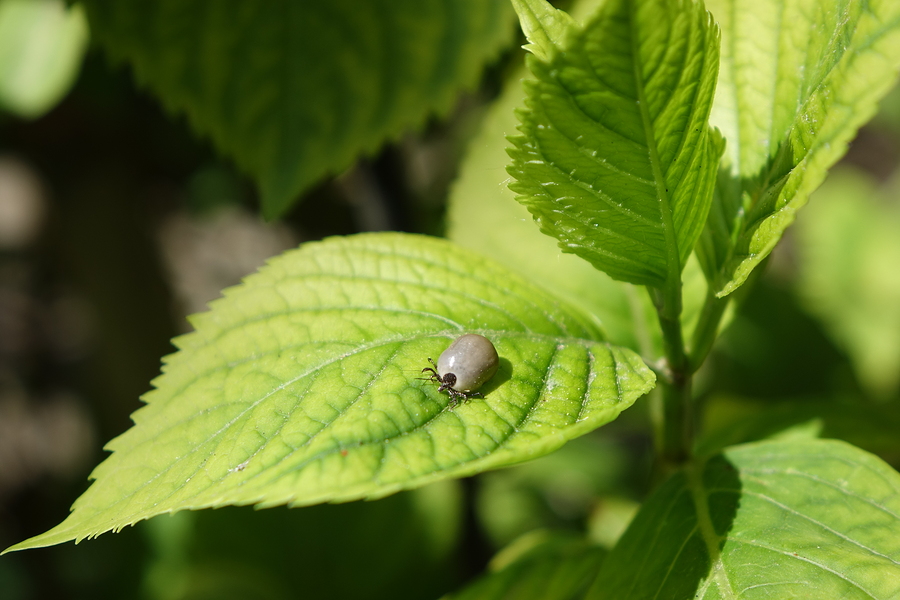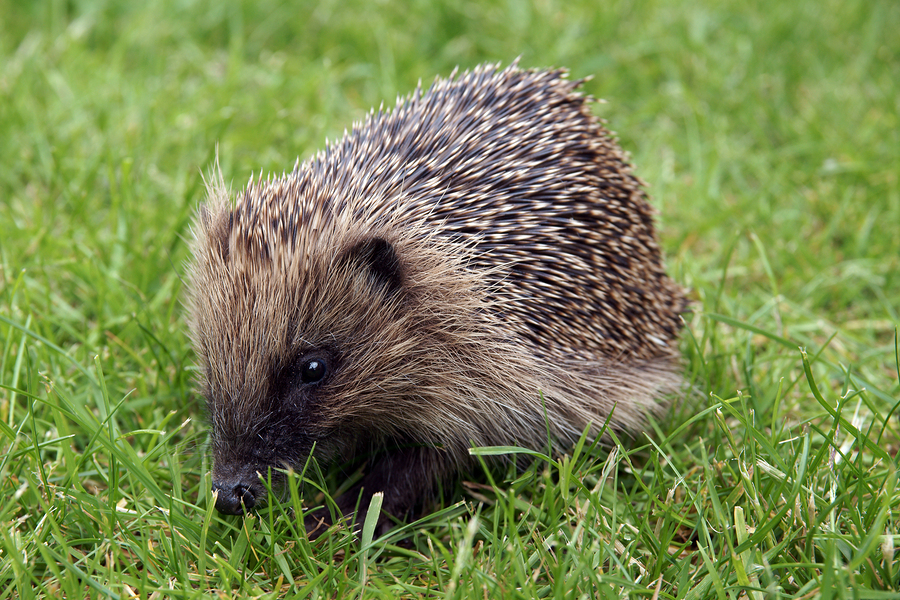UK wildlife you must treat with caution
In an early entrant for weirdest news story of the year, infamous rock n’ roller Pete Doherty cancelled an appearance on BBC Radio 5 Live, due to an infection sustained from the spines of a hedgehog.
Though Doherty was hurt in the line of duty (he was trying to extract the hog from the mouth of one of his huskies), hedgehog handling is not wise, and it’s one of several species that belies the UK’s reputation for harmless wildlife.
These ferocious creatures will make you think twice before getting too close to anything on a woodland walk.
1. Adders

Notoriously the only venomous snake in the British Isles, the adder probably doesn’t deserve its fearsome reputation. Small, rare, often in hibernation, and far more afraid of you than you are of it, adders still attract scare stories for being the deadliest fish in Britain’s extremely small pond.
Nevertheless, if you chance upon one steer clear – a nip from an adder may cause severe pain, dizziness and vomiting, and will require a prompt trip to A&E. Adder bites have caused fatalities, but the last was in 1975.
2. Frogs and toads

It will come as no surprise that most frogs are not fearsome predators, but handling them can be extremely bad for their health. Frogs absorb almost everything through their skin, so can be irreparably damaged by the natural oils on dry hands, and the soap residue on hastily washed ones.
We hope that’s enough to discourage you, but for anyone still inclined to selfishly frog-handle, frogs can also transmit diseases like salmonella.
3. Cattle

Don’t be fooled by the docile mooing, within every cow lurks a killer so calculating it spends most of its time masquerading as a family-friendly farm animal. OK, we might be exaggerating, but statistically speaking cows are one of the British countryside’s most dangerous inhabitants.
A 2015 study published in the British Medical Journal identified 54 reported attacks by cattle over the preceding two decades, with a 24% fatality rate, mostly the product of stampeding herds or maternal aggression. Dog walkers should take particular care – calves and loud barking do not mix.
4. Ticks

Most tick bites are harmless, but if infected these irksome little arachnids can transmit Lyme’s disease – a bacterial ailment causing a high temperature, exhaustion, and a dartboard-like rash.
But how to do you avoid creatures that can be smaller than the head of a pin? The key is avoiding their habitat – do not walk through bracken if you can avoid it, and wear long trousers if walking through woodland away from the path.
The Press Association
Latest posts by The Press Association (see all)
- The best ways to boost your immune system as cold temperatures hit - January 5, 2025
- The Osmonds star and ‘beloved husband and father’ Wayne Osmond dies aged 73 - January 2, 2025
- What screenings are available on the NHS to detect cancer early? - January 2, 2025
- Help your grandchildren make the most of Big Schools’ Birdwatch - January 1, 2025
- Veteran radio star Johnnie Walker dies aged 79 - December 31, 2024




















